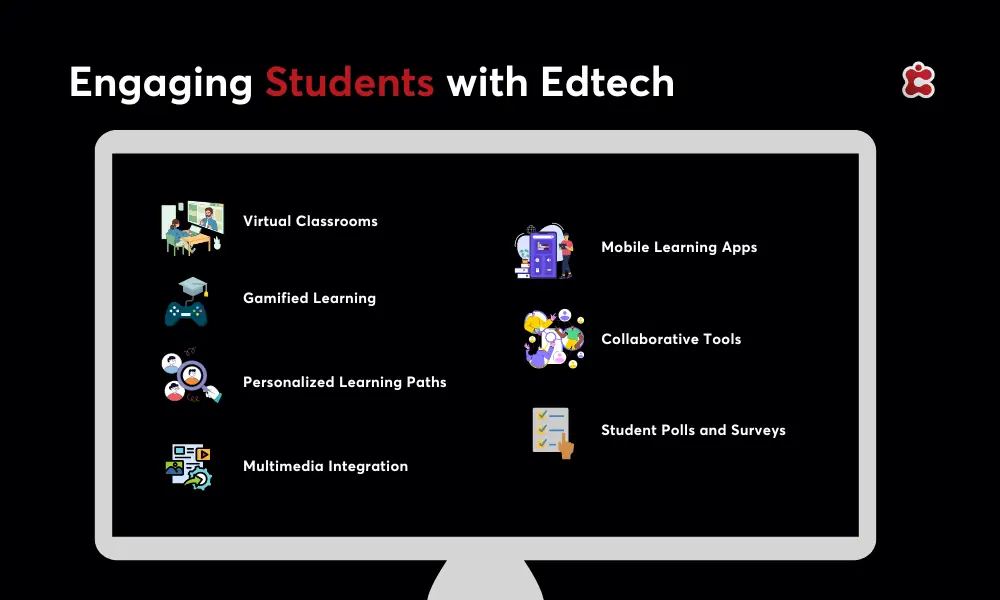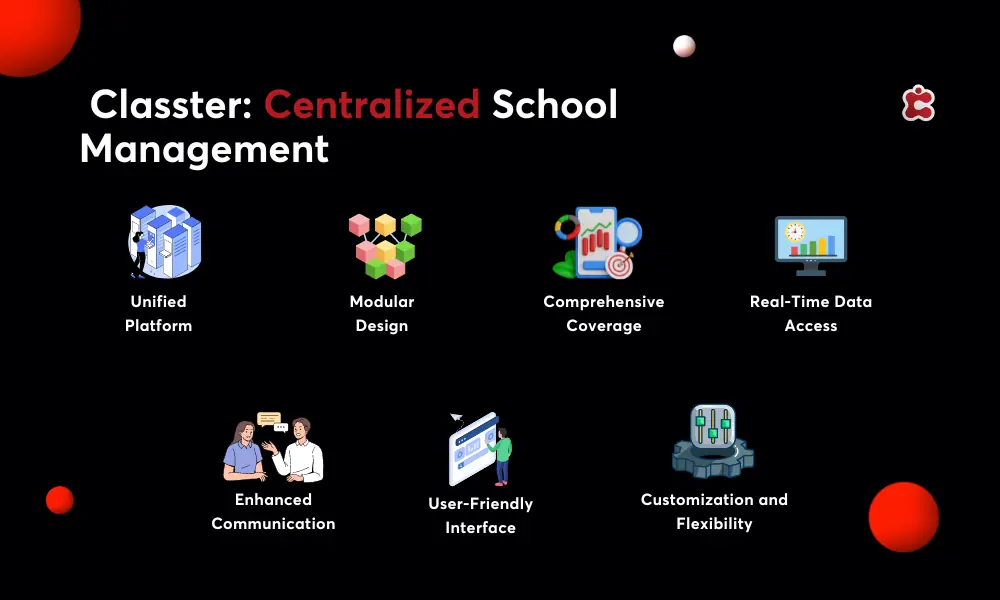Let’s face it: our attention spans aren’t what they used to be. With notifications, social media, and endless online content competing for our focus, keeping students engaged in higher education has become a real challenge. If you’re part of a European Higher Education institution, you’ve likely felt the pressure to keep students connected and motivated in online and hybrid classrooms.
In 2023, more than 40% of people aged 25-34 in the EU completed tertiary education. It’s clear higher ed is in demand. But with this growth comes the challenge of standing out in an increasingly crowded field. Students today have more choices, more distractions, and higher expectations.
So, how do European Institutions compete in a very competitive field? The key is to embrace the very technology that poses these challenges.

Reimagining Student Engagement
When students are engaged, they’re not just absorbing information; they’re interacting with it, questioning it, and applying it in meaningful ways. But in the digital era, keeping that rhythm has become more challenging. Traditional engagement methods, like lively classroom discussions or hands-on projects, don’t always translate. As a result, student engagement is fading, and it’s not just about boredom.
An engaged student is more likely to succeed academically, stay enrolled, and develop a genuine passion for learning. On the flip side, when engagement drops, so do motivation, attendance, and academic performance. It’s a ripple effect that no institution wants to see.
But here’s the good news: technology offers incredible opportunities to reimagine how we engage students. From interactive tools that make learning more hands-on to personalized learning paths that cater to individual needs, technology can bridge the engagement gap. Real-time feedback helps students stay on track, while gamification elements add a layer of fun and competition that drives motivation. We’ll show you how you can use these tools to stand out in the competitive European market.
Using Interactive Learning Tools
To truly engage students in the digital age, it’s essential to incorporate tools that make learning interactive and dynamic. Here are some tools that European higher education institutions can use to bring lessons to life:
- Virtual Classrooms: Virtual classrooms create an interactive environment where students can participate in real-time discussions, collaborate on projects, and engage with multimedia presentations. The ability to break out into smaller groups for focused discussions or activities also helps keep students actively involved.
- Discussion Boards: Discussion boards are a great way to extend classroom conversations beyond scheduled sessions. They allow students to reflect, share insights, and engage with their peers on course topics at their own pace.
- Multimedia Resources: Integrating videos, podcasts, and interactive simulations into your course content can make learning more engaging and accessible. Multimedia resources cater to different learning styles and help explain complex concepts in a way that’s both informative and entertaining.
Power of Personalized Learning Paths
Think about it—when something is personalized to your preferences and interests, you’re more likely to be invested in it, right? The same goes for education. When learning experiences are tailored to a student’s unique needs, it makes the content more exciting and the entire learning journey more meaningful.
With the help of advanced algorithms and data-driven insights, educational institutions can now create customized learning paths that adapt to each student’s strengths, weaknesses, and interests. This approach helps students stay on track and keep them engaged by providing content and challenges relevant to their learning styles.
Imagine a student who struggles with math but excels in literature. With personalized learning tools, the student can receive extra support in math while being encouraged to explore advanced literature topics that fuel their passion. This balance helps maintain motivation, reduces frustration, and keeps students invested in their education.
The Communication Revolution
We live in an instant world. With instant messaging, updates, and access to information, communication has never been more immediate or crucial. In the context of education, this instant connectivity can make all the difference in keeping students engaged and informed. Classter’s integrated communication tools are designed to bridge the communication gaps that can arise in a digital learning environment.
1. Instant Messaging: Classter’s messaging system allows teachers and students to communicate directly, no matter where they are. Got a question about homework? Need clarification on a lecture? Instant messaging makes it easy to keep the conversation going, even outside the classroom.
2. Real-Time Announcements: Keep everyone in the loop with real-time announcements. Whether it’s a reminder about an upcoming exam or a change in the class schedule, Classter ensures that important information reaches students and parents instantly.
3. Engaging Group Chats: Collaboration doesn’t have to end when the class does. Classter’s group chat feature lets students and teachers continue discussions, share ideas, and work on group projects in a space that’s interactive and inclusive.
4. Automated Notifications: Never miss a deadline or event again. Classter’s automated notifications keep everyone on track by sending timely reminders about assignments, events, and more

Gamification: Making Learning Fun
Students today are used to fast-paced, engaging experiences. So why not bring that excitement into the classroom? Gamification does just that by turning learning into an interactive, fun, and rewarding experience.
Imagine a student who earns badges for mastering each chapter or climbs the leaderboard by scoring high on quizzes. These small rewards can create a big impact by boosting motivation and encouraging students to stay engaged. Gamification taps into the natural human love for competition and achievement, making learning something students look forward to rather than dread.
Classter makes it easy for educators to bring gamification into their teaching. Quiz Builder allows educators to create customized quizzes that cater to the specific needs of their students and courses. But it’s more than just a quiz-making tool—it’s a gateway to gamification. By integrating quizzes with gamified elements like rewards, badges, and leaderboards, Classter makes it easy to turn routine assessments into exciting challenges.
Classter Helps You Capture Students’ Attention
Rated as one of Europe’s top EdTech startups in 2024, Classter understands the unique challenges that higher education institutions face in keeping students engaged.
Classter offers a comprehensive platform designed to enhance student engagement at every turn. Whether it’s through personalized learning paths that adapt to each student’s progress or interactive tools that make learning more immersive, Classter ensures that students remain actively involved in their education. By integrating communication tools like real-time messaging and group chats, Classter also bridges the gap between students and educators.
With Classter, European Higher Education institutions have a powerful ally in capturing and maintaining students’ attention. Explore our platform today and discover why we’re the trusted choice for leading educational organizations across Europe. Start your journey with Classter and empower your students to thrive in the digital age.
FAQ’s
Effective strategies include incorporating interactive learning tools like virtual classrooms, using personalized learning paths, and providing real-time feedback. These methods help maintain students’ focus and motivation, especially in online and hybrid learning environments.
Technology can enhance engagement by offering interactive tools such as virtual discussions, multimedia resources, and personalized learning experiences that cater to different learning styles and keep students actively involved.
Classter supports student engagement by offering tools like personalized learning paths, interactive quizzes, and real-time communication features. These elements work together to keep students motivated and involved in their education.

